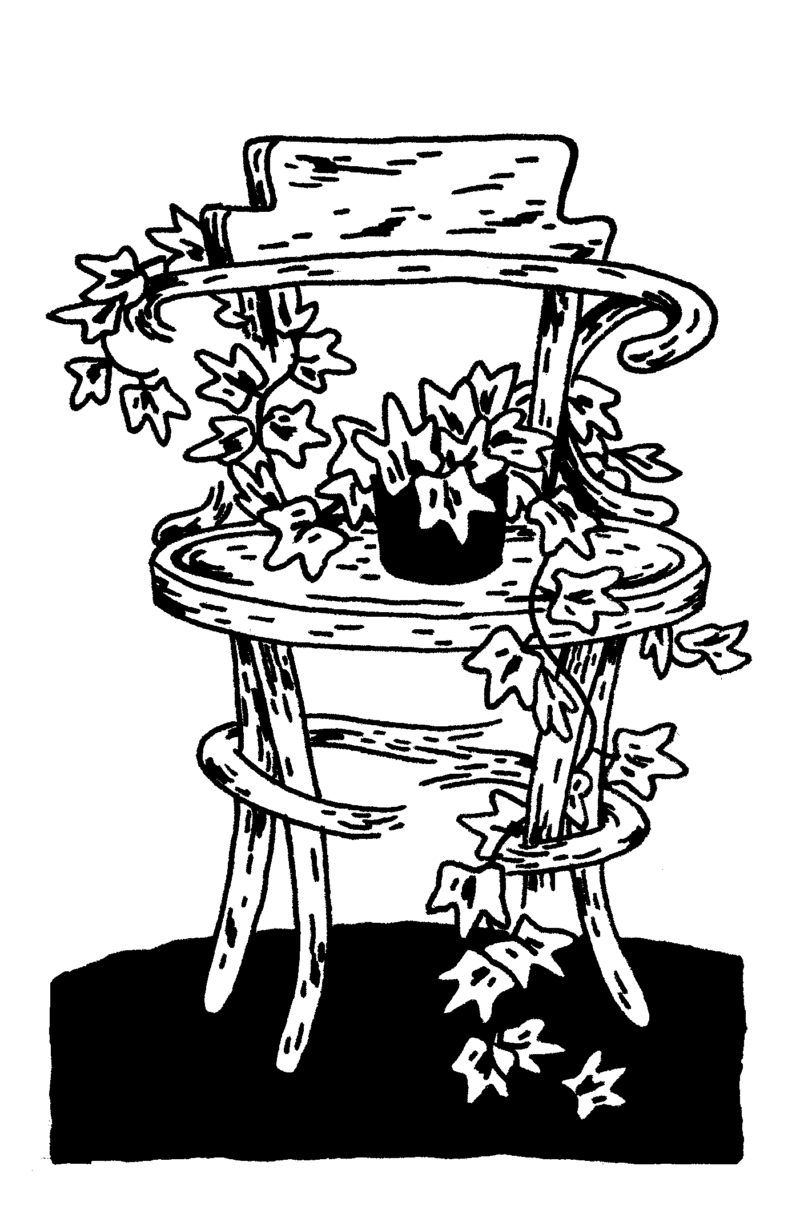In 2013, during the last decade of her long life, the writer Hebe Uhart sat for a rare interview, with Mariana Enríquez, a rising figure in literary Buenos Aires. Until that point, there had been few biographical or anecdotal records of Uhart’s life. Although you couldn’t really call her a recluse—writers in isolation are frequently victims of their own self-importance—she wasn’t a fan of polite, literary society. When she did speak to reporters, she did it with tact but indifference: lips pursed, shoulders half-shrugged. She tended to avoid laudatory or generalizing statements; she evaded the idiosyncrasies of taste. At the beginning of the interview, Enríquez asked Uhart about her place in Latin American letters. Some years earlier, Rodolfo Enrique Fogwill had declared Hebe the greatest living Argentine writer—an empty designation with unfortunate durability, in Uhart’s view. “Bah,” she replied. “What does that mean? Nothing.” To her, writing wasn’t some charming, mystical, marketable, competitive activity—what mattered was the putting together of sentences, syntagma after syntagma, word after word.
Today, Hebe Uhart is one of the best-selling authors in Argentina, Chile, and Uruguay, and is revered by a new generation of novelists in the southern hemisphere, including Alejandra Costamagna and Alejandro Zambra, who described her books as “full of small revelations.” Enríquez called this quality her “perfect pitch,” a capacity for understanding that is more attuned to music than to conventional literature. It is as if Uhart had quietly been teaching a generation of Spanish-speaking writers—not through direct influence over topic or style, since they are all dissimilar authors, but through the generous attention present in all her stories—a kind of deep care for form that would make any reader a better writer. Uhart wrote sharp responses to the question of what is literary, what is truly estranged. Her writing is, at its root, a kind of outsider literature, simultaneously humane and observant.
Hebe Uhart was born in 1936 in the quiet Buenos Aires suburb of Moreno, a rural corridor where you might see commuting businessmen alongside farm animals on the dirt roads. Raised in a middle-class immigrant family that was typical of that era (her mother was Italian and her father was Basque), she moved to the capital in her early twenties. She studied philosophy at the University of Buenos Aires, taking classes in a building that, twenty years later, the Argentine dictatorship would deem subversive, closing it down. (Anti-government activity,...
You have reached your article limit
Sign up for a digital subscription and continue reading all new issues, plus our entire archives, for just $1.50/month.
Already a subscriber? Sign in





